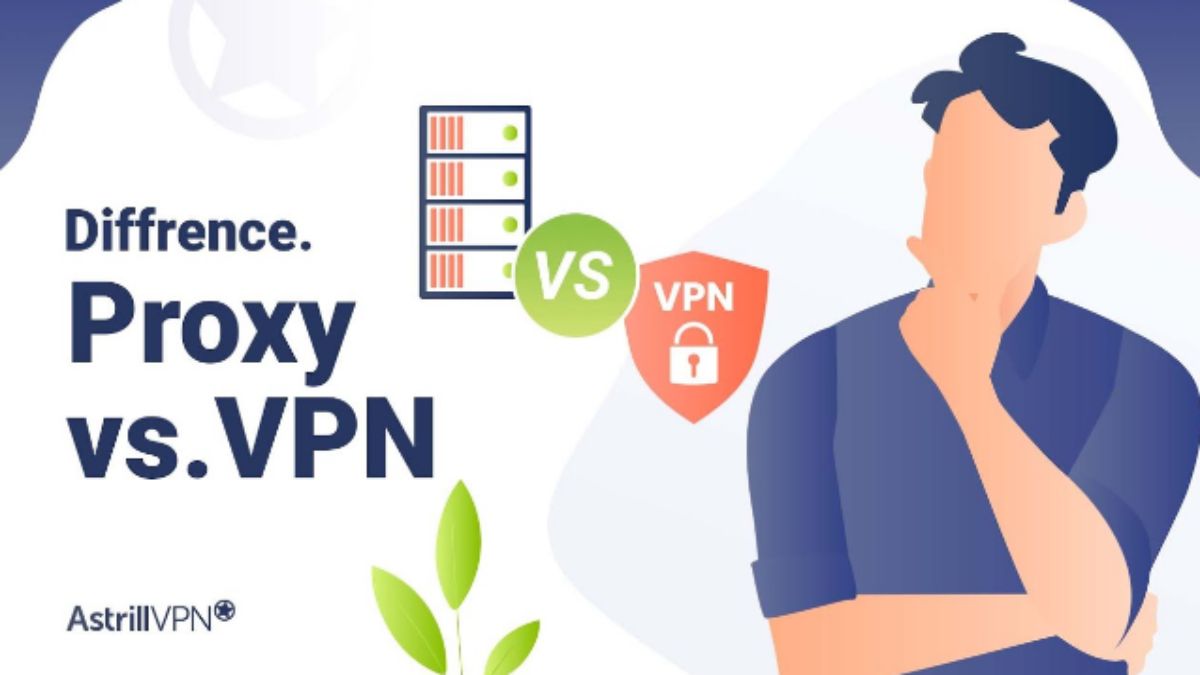In today’s digital age, cybersecurity isn’t just a buzzword—it’s a necessity. As we navigate through 2025, understanding the evolving landscape of cyber threats and defenses is crucial for everyone, from casual internet users to budding tech enthusiasts. Let’s embark on a journey to demystify cybersecurity and arm ourselves with knowledge to stay safe online.
🔍 What Is Cybersecurity?
At its core, cybersecurity involves protecting systems, networks, and programs from digital attacks. These attacks often aim to access, change, or destroy sensitive information, extort money from users, or disrupt normal business processes. Think of it as the digital equivalent of locking your doors and windows to keep intruders out.
🧠 Why Should You Care?
Imagine waking up to find your personal information compromised, your bank account drained, or your favorite social media account hijacked. Scary, right? In 2025, cyber threats are more sophisticated than ever. From AI-powered phishing scams to ransomware attacks, the stakes are high. But don’t worry—knowledge is power, and we’re here to guide you through it.
🔐 Top Cybersecurity Trends in 2025
1. AI: Friend or Foe?
Artificial Intelligence is revolutionizing cybersecurity. On the defensive side, AI helps in detecting anomalies and responding to threats faster than ever. However, cybercriminals are also leveraging AI to craft more convincing phishing emails and malware. It’s a double-edged sword that requires constant vigilance.
2. Zero Trust Architecture: Trust No One
The traditional “trust but verify” approach is outdated. Zero Trust Architecture operates on the principle of “never trust, always verify.” Every user, device, and application is treated as a potential threat until proven otherwise. This model is gaining traction as organizations seek to bolster their defenses against internal and external threats.
3. Quantum Computing: The Next Frontier
Quantum computers have the potential to break current encryption methods. To counter this, experts are developing quantum-resistant cryptography. While it’s still in the early stages, it’s essential to stay informed about these advancements.
4. Ransomware Evolution
Ransomware attacks are becoming more sophisticated. Attackers are not only encrypting data but also threatening to release it unless a ransom is paid. This double extortion tactic has made ransomware a significant concern for businesses and individuals alike.
5. Deepfake Scams: Seeing Isn’t Believing
Deepfake technology allows cybercriminals to create realistic videos and audios of individuals, making scams more convincing. From fake CEO messages to fraudulent video calls, these scams are on the rise. Always verify communications through trusted channels.
🛡️ How to Protect Yourself
-
Use Strong, Unique Passwords: Avoid using easily guessable passwords. Consider using a password manager to keep track of complex passwords.
-
Enable Multi-Factor Authentication (MFA): Adding an extra layer of security can prevent unauthorized access.
-
Stay Updated: Regularly update your software and systems to patch vulnerabilities.
-
Be Skeptical: If something seems too good to be true, it probably is. Be cautious of unsolicited emails or messages.
-
Educate Yourself: Stay informed about the latest cybersecurity threats and best practices.
🧩 Conclusion
Cybersecurity in 2025 is a dynamic field, with threats evolving and defenses advancing. By staying informed and adopting best practices, you can navigate the digital world safely. Remember, in the realm of cybersecurity, it’s better to be proactive than reactive.
❓ Frequently Asked Questions
Q1: What is Zero Trust Architecture?
A: Zero Trust Architecture is a security model that assumes every attempt to access your system, both inside and outside, is a potential threat. It requires strict verification before granting access.
Q2: How can I recognize a deepfake scam?
A: Look for inconsistencies in video or audio quality, unusual speech patterns, or mismatched lip movements. Always verify through other channels if in doubt.
Q3: Why is quantum computing a concern for cybersecurity?
A: Quantum computers can potentially break current encryption methods, making sensitive data vulnerable. Researchers are developing quantum-resistant cryptography to address this.
Q4: What should I do if I fall victim to a ransomware attack?
A: Disconnect from the internet immediately, report the incident to authorities, and seek professional help. Avoid paying the ransom, as it doesn’t guarantee data recovery.
Q5: How can I protect my personal information online?
A: Use strong passwords, enable MFA, be cautious of phishing attempts, and regularly update your software.
Q6: Are public Wi-Fi networks safe to use?
A: Public Wi-Fi networks can be insecure. Avoid accessing sensitive information while connected to them, or use a Virtual Private Network (VPN) for added security.
Q7: What is AI’s role in cybersecurity?
A: AI helps in detecting threats, analyzing patterns, and responding to incidents faster. However, cybercriminals also use AI to enhance their attacks.
Q8: How can I educate my family about cybersecurity?
A: Share resources, conduct regular discussions, and encourage safe online practices. Leading by example can also be effective.
